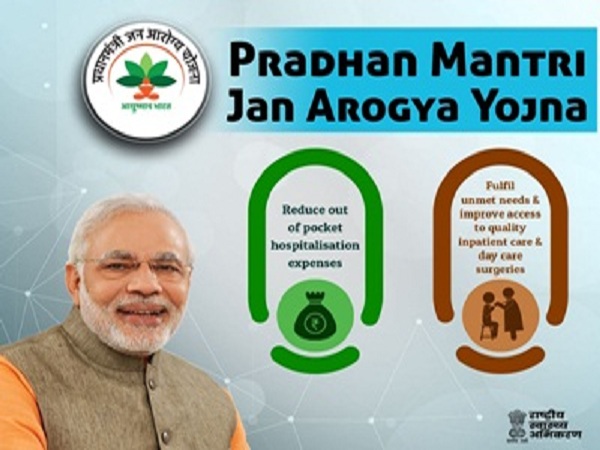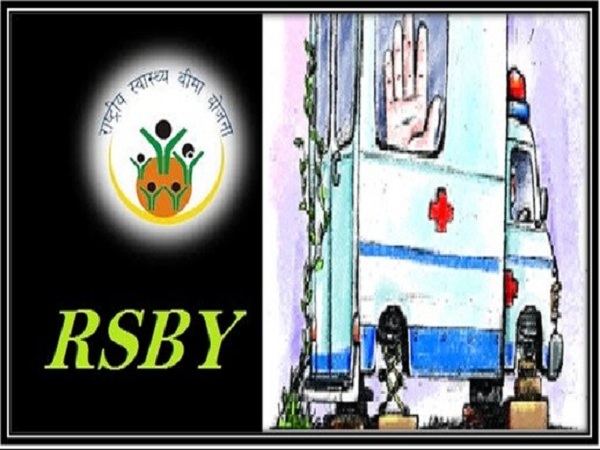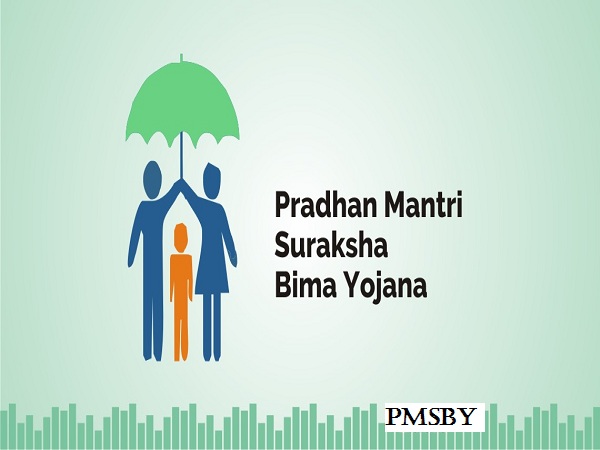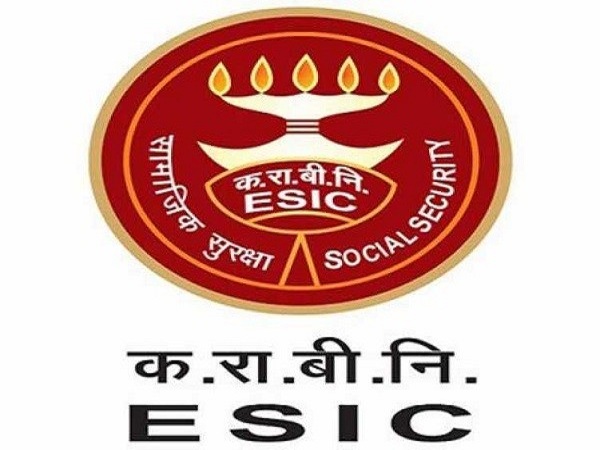Best Health Insurance Schemes by Government of India
The Government of India has launched many health care policies for the welfare of its people so that they can benefit at a nominal rate and avail benefits of health insurance.
In moments of a medical crisis, the cost of medications, medicines and hospitalization has dramatically risen, making it impossible for lower class and middle-income people to access affordable healthcare.
The government's prime objective and purpose of these schemes are to spread social awareness and to make people understand the value of insurance in their lives.
In terms of providing monetary protection against various unfortunate circumstances in the event of damage or loss, these schemes also serve as a pillar. The Government Health Insurance Program is a state or central government health insurance initiative for its residents.
Let's have a look at the different types of Government health schemes that are available in India:

Pradhan Mantri Jan Arogya Yojana under Ayushman Bharat
As recommended by the National Health Policy 2017, Ayushman Bharat, a flagship scheme of the Government of India, was initiated in order to achieve the Universal Health Coverage (UHCC) vision. The government proposes health care coverage of up to Rs 5,00,000 per family per year. Over 10,74 crore deprived and needy qualifying households are eligible for these benefits.
Under this scheme, priority is given to girl child, women and senior citizens. Hospitals will not be authorized to bill any extra money for care from the recipients. All pre-existing diseases covered under the scheme. It covers pre-hospitalization costs such as medications and diagnostics for up to 3 days. This insurance system covers charges for diagnostic care, prescriptions, room expenses, doctor's fees, surgeon fees, equipment, ICU and OT fees. Fertility treatments, Cosmetic surgeries, Organ transplants and outpatient expenses are not covered under the scheme.

Aam Aadmi Bima Yojana
The Government of India initiated the Aam Aadmi Bima Yojana (AABY) in October 2007 with the goal of providing social security to occupational classes within this market. It includes persons that fall into such occupational categories and covers insurance in case of natural or accidental death and injury. The scheme protects the participants of 48 categories listed for coverage purposes. The policy can be acquired by India's Life Insurance Corporation (LIC), which is the only insurance provider currently providing the scheme.
The person should belong to the Below Poverty Line (BPL) family or a family belonging to the vocational community above the poverty line. The scheme's age limit is 18 to 59 years. A benefit of Rs 30, 000 is paid in the event of natural death. Also, Rs 75, 000 is paid due in the event of sudden death or absolute permanent disability. In the event of permanent partial injury arising from an injury, the gain is limited to Rs37, 500.

Rashtriya Swasthiya Bima Yojana (RSBY)
The Government of India will provide the Below Poverty Line (BPL) families with health insurance coverage. RSBY's goal is to shield BPL households from financial obligations resulting from health shocks requiring hospitalization. On a family floater basis, It offers a gross amount insured of Rs 30,000/- per family per annum.
It also provides transportation costs under a total cap of Rs. 1000 (current with a daily limit of Rs100 per visit). The beneficiary would pay Rs 30 per annum as a registration or renewal fee.

Pradhan Mantri Suraksha Bima Yojana
After Jan Dhan Yojana's successful performance, our government launched "Pradhan Mantri Suraksha Bima Yojana" with the poor masses in mind. With the aim of increasing insurance coverage for the masses, the scheme was launched. This service's main highlight is its low premium, which stands at Rs 12 p.a.
In the event of complete disability or accidental death, coverage of Rs 2,00,000 will be given and Rs 1,00,000 in the case of partial disability. An account holder between the ages of 18 and 70 who have given their consent to join or activate the auto-debit function of the PMBSY scheme can enroll in this scheme. The revenue received under this scheme will receive a tax exemption of 10 u/s (10D). In addition, under section 80C of the Income Tax Act, the premium paid is also tax-free.

Employment State Insurance Scheme (ESIS)
The ESI program is funded by employers' and employees' contributions. The employer's share rate is 4.75% of the wages owed to employers. The contribution of the workers is at the rate of 1.75% of the salary owed to an employee. Employees receiving less than Rs 137/-a day as a regular salary shall be exempted from payment of their contribution share. The Act now extends to more than 7.83 factories and facilities across the nation, benefiting over 2.13 crores of covered individuals/family units. As of now, the cumulative receiver is over 8.28 crores. Sickness Compensation in the form of monetary payments at the rate of 70% of the income will include employees for a limit of 91 days per year during the times of certified sickness.

Central Government Health Scheme (CGHS)
The Central Government Health Scheme (CGHS) is a health facility scheme for current and retired employees of the Central Government of India. Coverage is broad and covers hospitalization, home treatment, counselling programs, health education, etc. The scheme also covers allopathy as well as non-allopathic AYUSH therapies. It also provides prescription reimbursements, purchases of items such as hearing aids, artificial limbs, and so on.

Universal Health Insurance Scheme (UHIS)
In the name of the Organization/Association/Institution, the Group Policy will be provided with a schedule of members' names, and their qualifying family members who are part of the policy. It is a scheme of government health insurance that provides coverage for groups with lower incomes so that they can afford hospital expenses. It also provides personal accident cover and compensates a family in the event of the death of the breadwinner, in addition to paying for medical bills.
The insurer will provide medical reimbursement of Rs 30,000 in the event of hospitalization due to an illness or injury. This insured sum includes Rs 2500 for normal maternity benefit and Rs 5000 for cesarean delivery. However, Rs 15000 is the maximum amount that can be claimed per disease, and this excludes maternity benefits.

Insurance provided by State Governments
Awaz Health Insurance Scheme
The specific health insurance scheme that the Government of Kerala has launched. The scheme provides health insurance coverage for workers working in Kerala who are migrants. The treatment limit for hospitalization expenses is Rs 15,000, and Rs 1 lakh for permanent accidental disability and Rs 2 lakh for accidental death.
The objective of the scheme is to provide the rural population of the state with cashless hospitalization facilities. To access cashless therapies, a Bhamashah Card is required. Up to Rs 30,000 is allowed to be covered under the scheme for general diseases and the limit increases to Rs 3 lakhs for critical diseases.
Yeshasvini Health Insurance Scheme
The government of Karnataka offers farmers affiliated with cooperative societies to participate in this system and gain treatment in hospitals that are part of the network for nearly 800 medical procedures.
Mahatma Jyotiba Phule Jan Arogya Yojana
Farmers in selected Maharashtra districts who are either below or around the poverty line qualify for Rs 1,5 lakh health insurance.
West Bengal Health Scheme
For covered beneficiaries, medical costs are reimbursed whether inpatient hospitalization services are required within West Bengal or in nine specified hospitals outside West Bengal. In 2014, the scheme was renamed West Bengal Health for All Employees and Pensioners Cashless Medical Care Scheme 2014 and the scheme allowed cashless treatment per insured member for up to Rs 1 lakh.
Rajiv Aarogyasri Community Health Insurance Scheme (RACHI)
For the rural people of Andhra Pradesh, the RACHI scheme is a health insurance scheme. Under the hospitalization and recovery scheme, the programme covers up to Rs 2 lakhs. In order to allow all family members to gain benefits under the program, coverage is available on a family floater basis.
Mukhyamantri Amrutam Yojana
The Mukhyamantri Amrutam Yojana is a medical insurance program provided to families below the poverty line by the government of Gujarat. Cardiovascular intervention, neurosurgery, wounds, injuries, tumours, neonatal disorders and renal diseases are protected by the program.
GoodReturns.in































